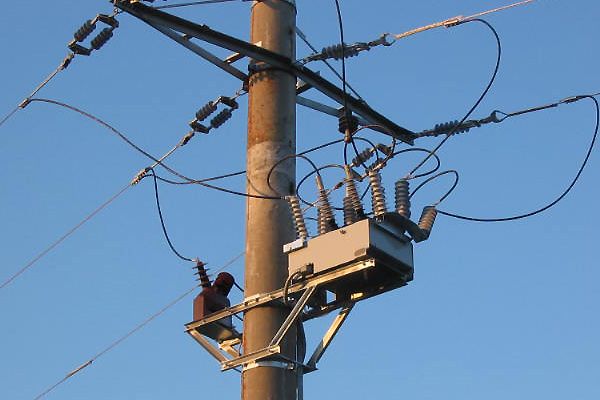Most of the faults on over head lines are transient in nature. About 85% to 90% of faults are momentary and caused by tree branches, lightning, birds etc. These conditions results in arcing faults which lasts for very small duration and clears after that moment. The arc generated can be extinguished and the line can be re energized. For this momentary faults which recovers on its own normal circuit breaker operation of opening the faulty part is not advisable. Some provision should be permitted in circuit breakers to close the breaker contacts if the fault is cleared momentarily. This fact is employed as a basis for auto- reclosures.
In this scheme after the relays of both ends have picked up, the circuit breakers are tripped as for as possible at the same time and reclosed after time has be allowed for deionization. The fault disappears if it is transient and line is restored to normal service after the reclosure. If the fault is not cleared after the first reclosure a double or triple attempt of separation and reclosure is made. If the fault still persists, the breaker may permanently open till it is manually reset.
Auto reclosures may be single or three phase type. Mostly single phase auto reclosing breakers are preferred as most of the transmission faults are single phase to ground faults. Auto reclosures of single pole type improves the stability of the system as power remains transmitted through the remaining two healthy phases when fault on one phase occurs.
The breakers may be rapid auto reclosing type (about 20 cycles or 0.4 sec) or delayed auto reclosing (5 to 30s) type. For rapid reclosing type it is not required to check synchronism while reclosing however for delay reclosing synchronism should be checked before reclosing. For this purpose synchronous relays are employed










